I’ve been playing with flexible racquets lately and although I enjoy it from a touch/feel point of view, I can’t say I play my best tennis with them. There is a huge buzz around flexible racquets on tennis forums, partly because they do have a great feel, but also because they’re more comfortable.
In a time where racquets get stiffer and injuries more common, playing with flexible racquets seems kind of intuitive. Does it mean that you’re better off playing with flexible racquets? Well, there is no clear cut answer here. What works for one player doesn’t necessarily work for the next. Even if you can detect that “this is a great racquet”, it doesn’t mean it will be the one you take to your next tournament.
In the end, the ultimate goal must be to play your best tennis. Not at the cost of health of course, but in general. Yes, yes, tennis should be fun and give you a good exercise, that’s obvious. But if you’re into tennis as a sport, you’re probably also enjoying playing a few sets and matches here and there, right?
Playing with flexible racquets – What happens when a racquet flexes?
What happens when a racquet “flexes”? Instead of your arm receiving the vibration that occurs when the ball hits the string bed, your racquet absorbs the energy and gives less of it back to your arm, but also less of it back to the ball. This means you might feel the ball on the string bed longer, but you might not get the same direct feedback of a stiffer frame.
A stiffer frame has the ball bouncing faster from the strings back towards your opponent, giving your more power but also more vibrations towards your body. This is of course the tradeoff between flexible and stiff tennis racquets (read more here). I’m generally a strong advocate for playing with gear that doesn’t hurt your arm, even if it hurts your score. But that doesn’t mean that all stiffer racquets (medium to stiff, which I would say is between 63-69 RA strung), will hurt you. It also depends on the characteristics of the string you use, the tension you string it with, your technique and fitness. Lots of things are at work here.
Playing with flexible racquets – Weight comes into play

A stiff and light racquet is what we today call a “modern racquet”. You can hit with a fast swing speed and get really good power and decent stability thanks to the stiffness. What happens though is that swinging faster requires a different type of technique (creating more spin) than if you’re playing with a old-school, flexible racquet.
Just look at all the upcoming ATP pros today, the so called Next Generation. They swing the racquets so fast that it looks like their lives depended on it. (If you’re a professional athlete, I guess in some ways it does!) This kind of swing requires lots of work and really good physique. As well as timing of course. With the racquet moving so fast towards the ball, it’s obviously tougher to make sure you hit the centre of the strings.
Playing with flexible racquets – Confidence is everything
A heavier frame can slow down your swing, but still give you good power thanks to the weight. This is really up to your game style and your technique. I’ve been playing around with lighter racquets the last couple of years, although I always seem to revert back to the heavier, control-oriented frame. I simple feel more confident going for my shots with a 95 sq inch, 18×20 racquet. I’ve also realized I really enjoy a quite “even” response from the string bed. This means no “hot-spots” or a pronounced flex like for example the PT57A or the HEAD LM Prestige Pro stock I reviewed recently.
I tend to go back to where I started my player racquet adventures: the Wilson Six One 95 or a racquet quite similar to it, which I feel with HEAD LM Radical Tours. Not sure this will go on for ever, but feeling confident about your shots and being able to swing out is one of the most important things to play good tennis in my opinion. At least to be able play “freely” without holding back.
The arm and shoulder can get a little bit tired after two hours with a 350+ gram racquet. And that’s when I wonder, again, if I should drop some weight (I have to switch racquet to do this, the 350 grams is the stock weight), do more work in the gym or see if my technique can be the issue. It’s the see-saw of a passionate tennis player who enjoys fiddling with his racquets and setup perhaps a little bit too much.
Too many racquets – The land of confusion
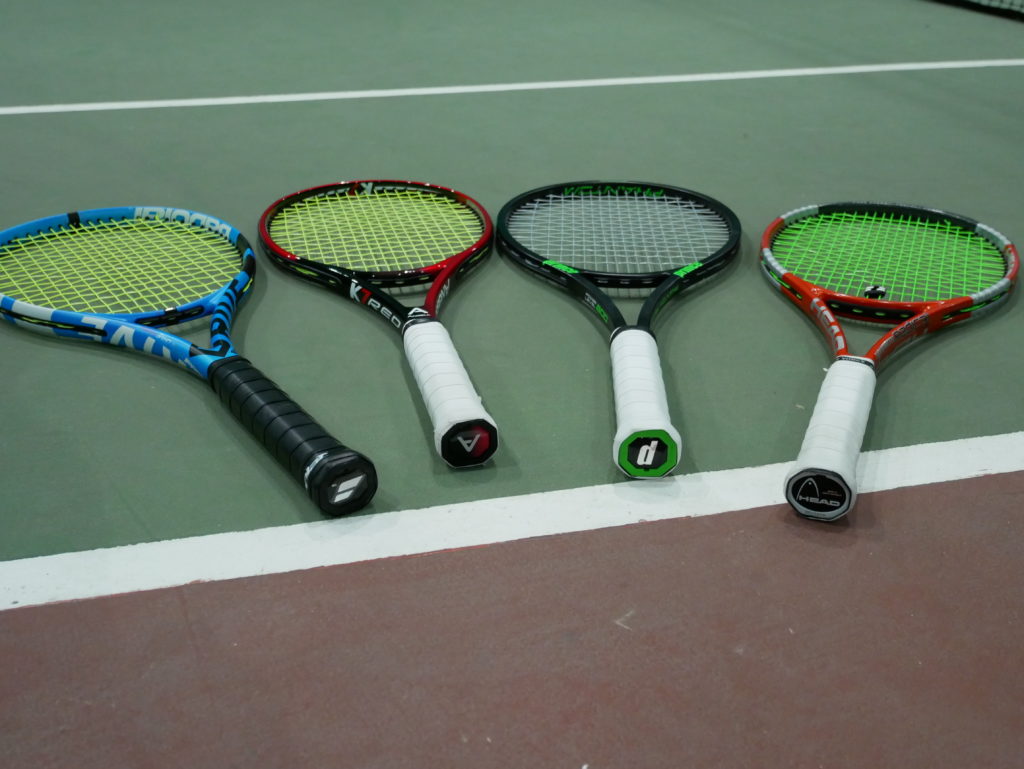
) it feels too clunky to swing (since I’m used to 95 sq inches) and if I don’t add enough weight it doesn’t give me the power on my shots to be aggressive. This ends me up over-swinging on shots and not really knowing where the ball is going.
In short, I’m in doubts of what racquet to take into a tournament. To add to the confusion I have upcoming racquet tests of the Yonex VCORE Pro 330 and the Angell TC 95 16×19. Hopefully they can help me find a solution to this racquet puzzle (for a few months at least!).
Are flexible racquets over-hyped? Will playing with flexible racquets reduce your chance of injuries? I would say “possibly” for both questions. It’s really nice to play with a flexing racquet, but sometimes I feel I need the power from a slightly stiffer frame. And this case I’m not saying “Babolat Pure Drive”, but a 64-65 RA strung racquet. Whether it should be 95, 98 or 100 sq inches, I simply don’t know at this point. Why not 93? The Prince Textreme Phantom Pro 93P sure has me salivating, but then again I’ve heard it won’t be shipped to Europe.
The journey continues…
Are you into playing with flexible racquets? Why? Let us know your racquet story in the comments below!
***
Do you like Tennisnerd? Don’t miss a word or video by stalking us on social media. Every like and follow is appreciated!
YouTube
Instagram
Twitter
Facebook Page
Amazon Influencer
Buy tennis gear
EU
Racquet Depot
Pro Direct Tennis
USA
Tennis Express
Do It Tennis
Amazon.com
Racquet buying guides
Here is a great racquet buying guide to get you started.
What tennis racquet should I buy?
Top tennis racquets to buy right now
The Gear of the Year 2017
The Gear of the Year 2016
Tennis racquets for juniors
Tennis racquets for kids
Popular posts
What the ATP pros play
Questions about pro stock tennis racquets
Is a pro stock racquet better than a retail one?
Do professional players change racquets?
Racquet Commitment Issues
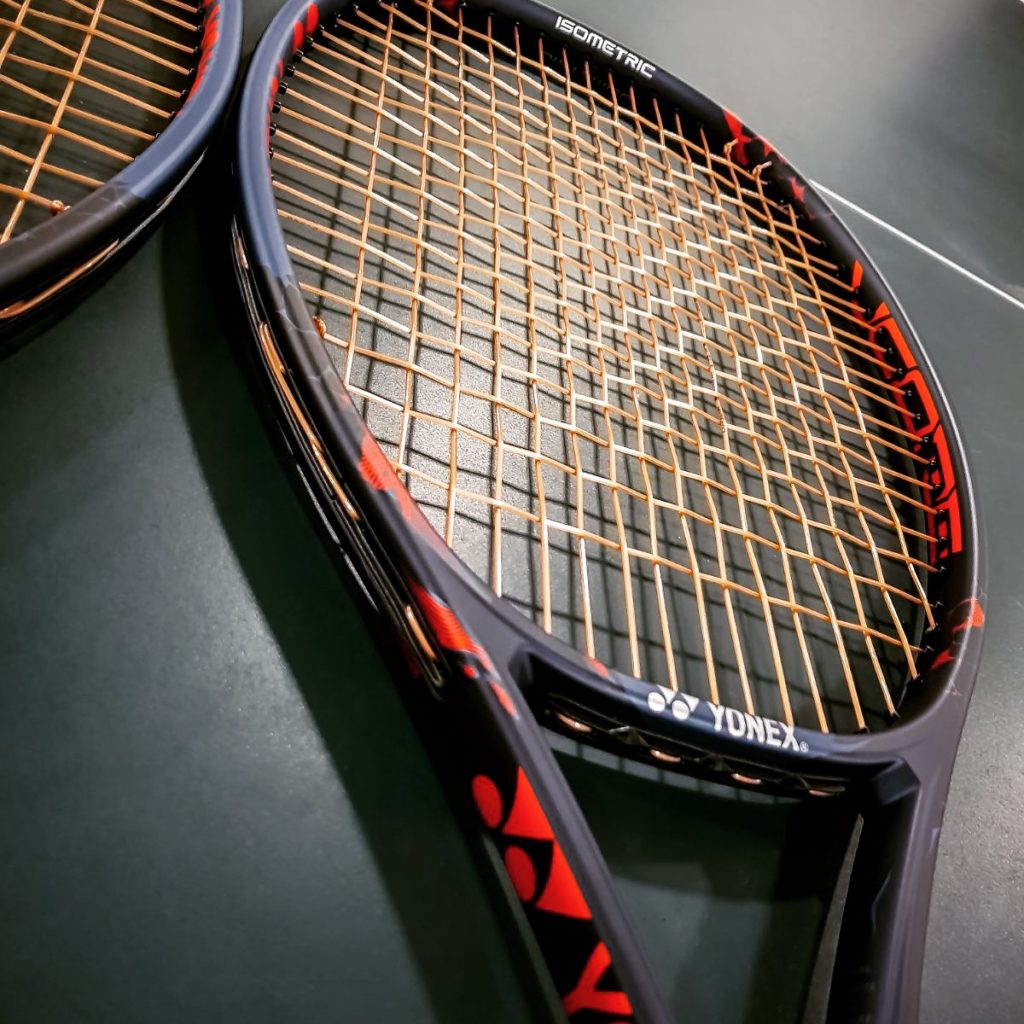
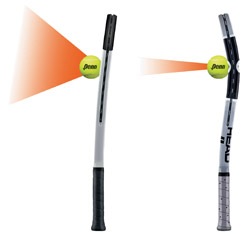
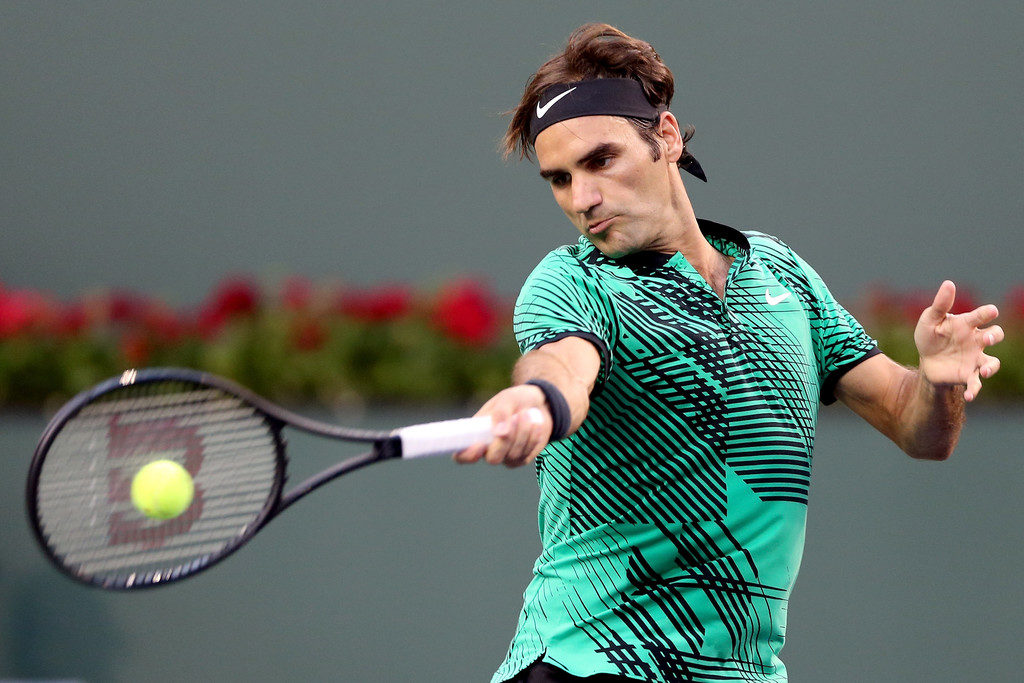
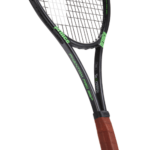
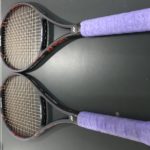
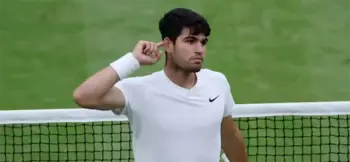
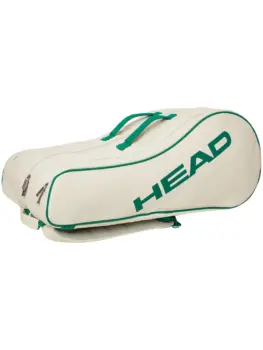

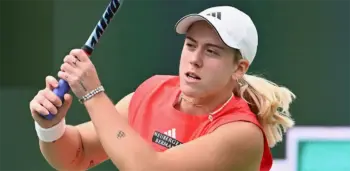
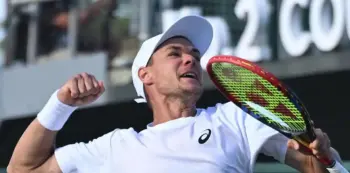
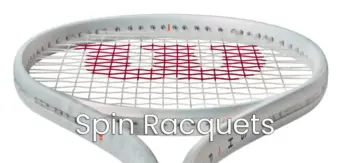
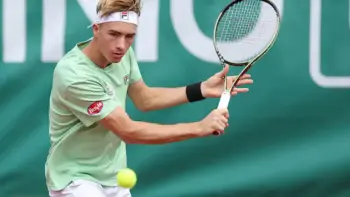

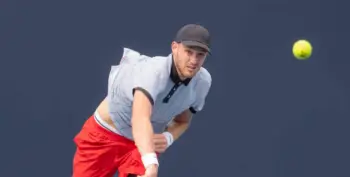
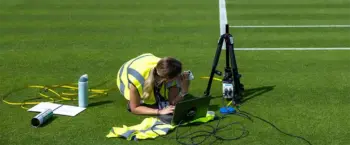

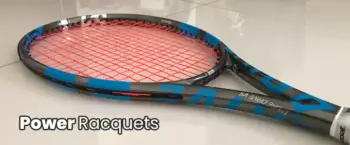

Thank you for a nice post.
I agree with your opinions about flexible rackets. It is possible to influence the loss of speed through the choice of string. A full polyester bed can be replaced by hybrid stringing, to gain access to a little more speed. The amount of rack weight and a full polyester bed make great demands on the player. The pressure (stringing) obviously has a certain impact on it.
Thanks Björn! Yes, good point about strings.
I”m grateful that you are testing the Angell TC 95, 16×19.
This is a frame that has long been of great interest to me.
What do you think of the Volkl C-10?
I’ve only hit with the Volkl C10 briefly and it’s a really nice racquet. Plays quite similar to the new Yonex VCORE Pro 97 330 but slightly softer.
Then Blade 98 2015 it is!
Hi Jonas,
Nice post! The journey continues haha…
Since you recommended me some racquets, I tried:
Pure drive 2018 – stiffer, muted, easy power, less conection.
Pure strike 98 16×19 old model – comfortable, easy to swing, more control and I am really impressed with this racquet. (good price)
Pure strike 100 new model – my favorite… feel conected to the ball, easy power, deeper… I dream of a leaded setup in this racquet.
I can’t find the pure strike 98 new model (for demo)… but I am really excited to buy this one (without demo)… i read in tw “98 model is better than 100 model in all specs” What do you think about??
Cheers!
Hi,
If you like the older Pure Strike 16×19, I’m pretty sure you’ll love the new one! Might be worth to buy without a demo. I have tried both 100 and 98 and much prefer the 98. Good luck! Cheers / J
Hello . Thanks For this great and informational post . I completely agree that flexible rockets are very essential . I am also big fan of Pure Strike 16/19 . If you like play aggressively then you will really like this high-quality tennis racquet.
Hi Nerd
I am looking for flexible and thin beam, not so heavy as pro-stock stuff. Similiar I used to play as a kid in 90’s or during years I was less active player.
My aim is mostly enjoy to play. Results are not so important. To play with modern racquets – lots of power, thick beams – I feel to be under the dictates …
I ve tried (properly strung I was told) sticks bellow and missing, i.e. Phantoms – power, Yonex VCORE 97 – feel and touch.
Which of this racquets suits to customize? If anyone could, please consider it. And let me know a bit about customize and warranty :-) Thank
Prince Phantom 100 and Prince Phantom Pro 100P cca 18mm beam
Wilson97 PS Black 315g 21,5mm
Yonex VCORE97 Pro 310g 20mm
Wilson 98S Blade CV Black and Green 295g,
Yonex VCore 100 Pro 300g 21mm
Wilson ProStaff 97 ULS 274g Black nad Red 23mm
Head Graphene Touch Speed MP, Head Graphe 360 Touch Speed Pro 22mm and 23 mm
I really prefer beam 20mm and less and RA very close to 60.
Thanks for your help or opinion.
Adam
Hi Nerd
I am looking for flexible and thin beam, not so heavy as pro-stock stuff, smiliar I used to play as a kid in 90’s or during years I was less active player.
My aim is mostly enjoy to play. Results are not so important. To play with modern racquets – lots of power, thick beams – I feel to be under the dictate.
I ve tried (properly strung I was told) sticks bellow and missing, i.e. Phantoms – power, Yonex VCORE 97 – feel and touch.
Which of this racquets suits to customize? If anyone could, please consider it. And let me know a bit about customize and warranty :-) Thanks
Prince Phantom 100 and Prince Phantom Pro 100P cca 18mm
Wilson97 PS Black 315g 21,5mm
Yonex VCORE97 Pro 310g 20mm
Wilson 98S Blade CV Black and Green 295g,
Yonex VCore 100 Pro 300g 21mm
Wilson ProStaff 97 ULS 274g Black nad Red 23mm
Head Graphene Touch Speed MP, Head Graphe 360 Touch Speed Pro 22mm and 23 beam
I really prefer beam 20mm and less and RA very close to 60.
Thanks for your help or opinion.
Adam
Hi Nerd
I am looking for flexible and thin beam, not so heavy as pro-stock stuff, smiliar I used to play as a kid in 90’s or during years I was less active player.
My aim is mostly enjoy to play. Results are not so important. To play with modern racquets – lots of power, thick beams – I feel to be under the dictate.
I ve tried (properly strung I was told) sticks bellow and missing, i.e. Phantoms – power, Yonex VCORE 97 – feel and touch.
Which of this racquets suits to customize? If anyone could, please consider it. And let me know a bit about customize and warranty :-) Thanks
Prince Phantom 100 and Prince Phantom Pro 100P cca 18mm
Wilson97 PS Black 315g 21,5mm
Yonex VCORE97 Pro 310g 20mm
Wilson 98S Blade CV Black and Green 295g,
Yonex VCore 100 Pro 300g 21mm
Wilson ProStaff 97 ULS 274g Black nad Red 23mm
Head Graphene Touch Speed MP, Head Graphe 360 Touch Speed Pro 22mm and 23 beam
I really prefer beam 20mm and less and RA very close to 60.
Thanks for your help or opinion.
Adam
I am looking for flexible and thin beam, not so heavy as pro-stock stuff, smiliar I used to play as a kid in 90’s or during years I was less active player. I ve tried (properly strung I was told) sticks bellow and missing, i.e. Phantoms – power, Yonex VCORE 97 – feel and touch.
Which of this racquets suits to customize? If anyone could, please consider it. And let me know a bit about customize and warranty :-) Thanks Prince Phantom 100 and Prince Phantom Pro 100P cca 18mm
Wilson97 PS Black 315g 21,5mm
Yonex VCORE97 Pro 310g 20mm
Wilson 98S Blade CV Black and Green 295g,
Yonex VCore 100 Pro 300g 21mm
Wilson ProStaff 97 ULS 274g Black nad Red 23mm
Head Graphene Touch Speed MP, Head Graphe 360 Touch Speed Pro 22mm and 23 beam
T-Nerd,
I’m wondering if the Prince EXO3 Tour is so flexible (RA 50) that spin during serving is reduced.
Easy on the arm but at what price?
Thanks and nice column!
Alphonse
I originally used a Dunlog Max 200G. That racket was quite flexible and over the decade or so that it lasted I could lob confidently to get out of trouble. With the later harder rackets, lobs always went long by the same amount every time – which was the end of that. Recently the trying out of these latest flexible rackets was such a relief, lobs came back and the over feel was great, larger sweet spot, more control…
What do you think about head graphene 360 extreme mp with stiffness about 63-64Ra?
Nice, powerful frame. I would be a bit concerned with the stiff feel. It feels a bit stiffer than the RA rating to me.
Thank you!
Hi Jonas, I hope you get notified of comments on old posts! I am confused about beam thickness and stability versus racquet flexibility. It seems that racquets with thicker beams are more stable than those with thinner beams, even if the RA is the same. How does that make sense?